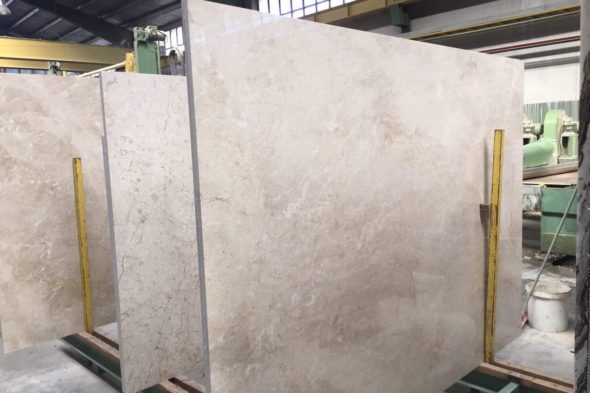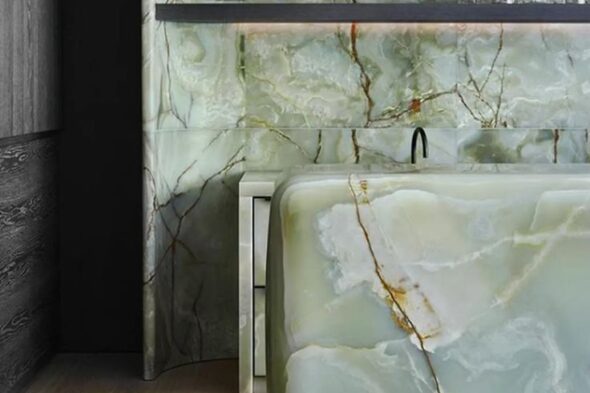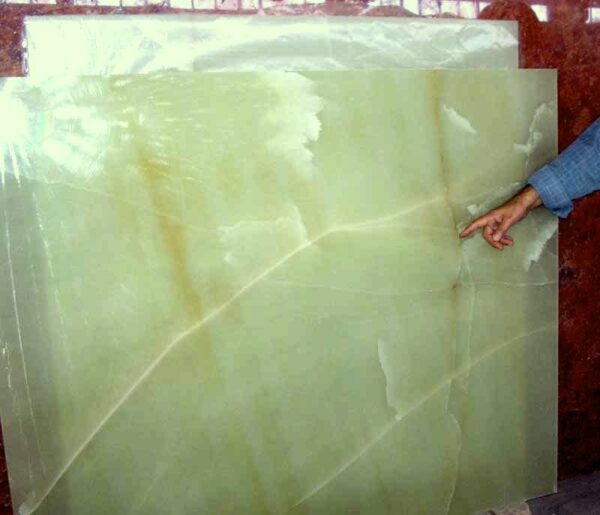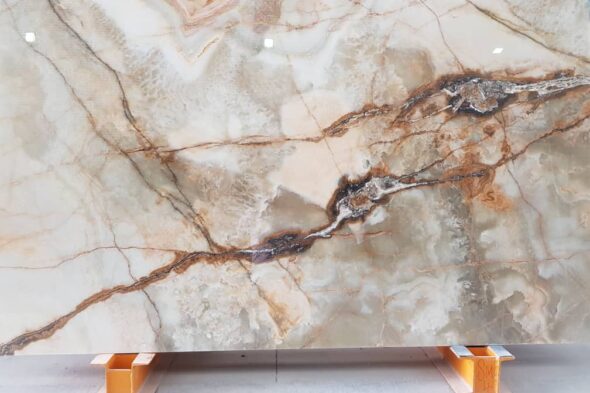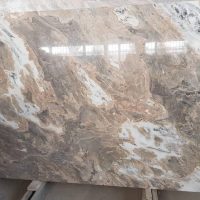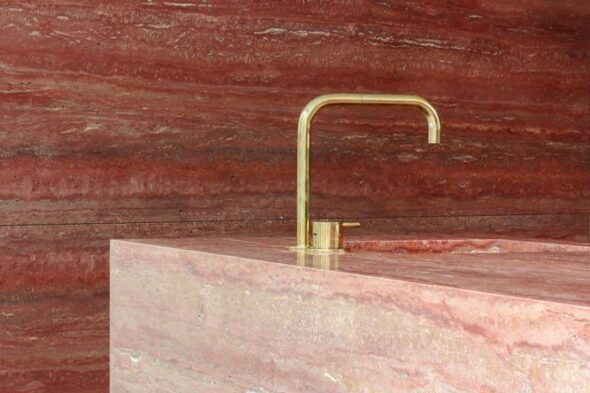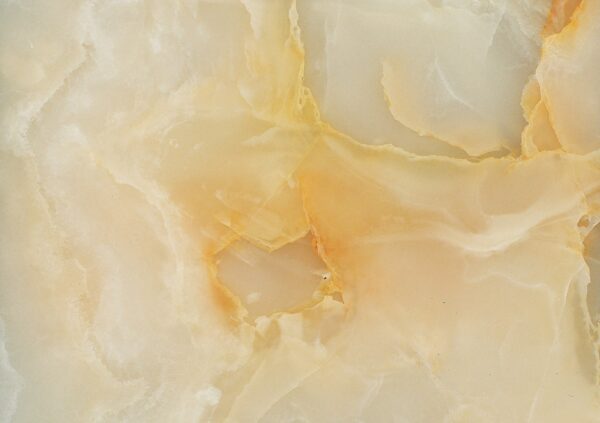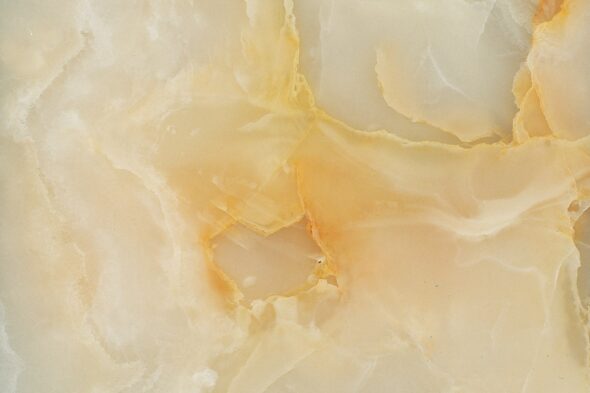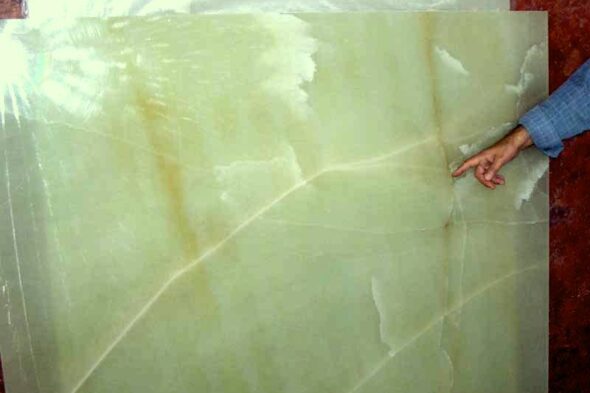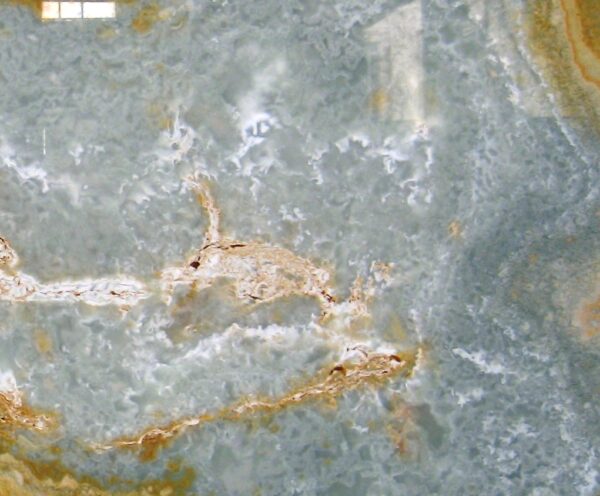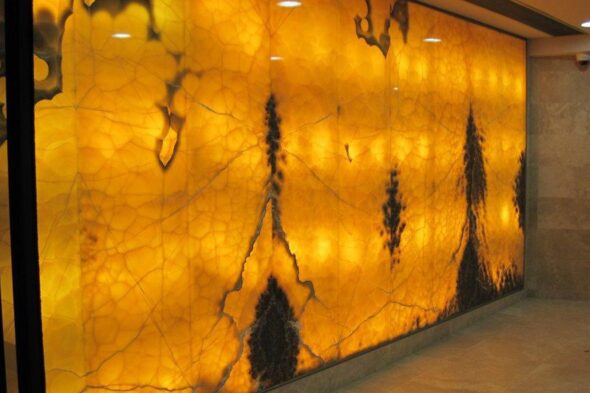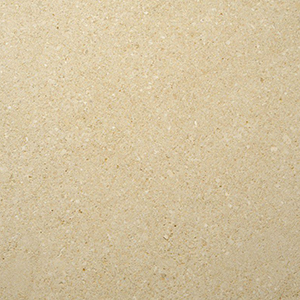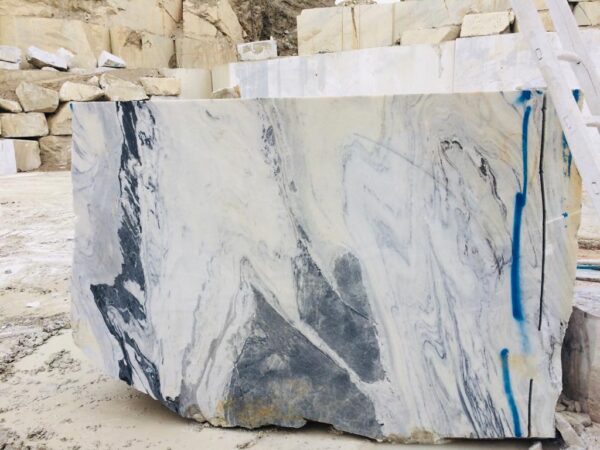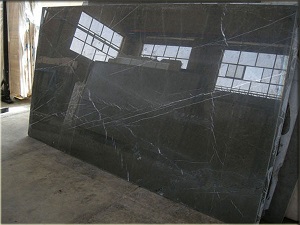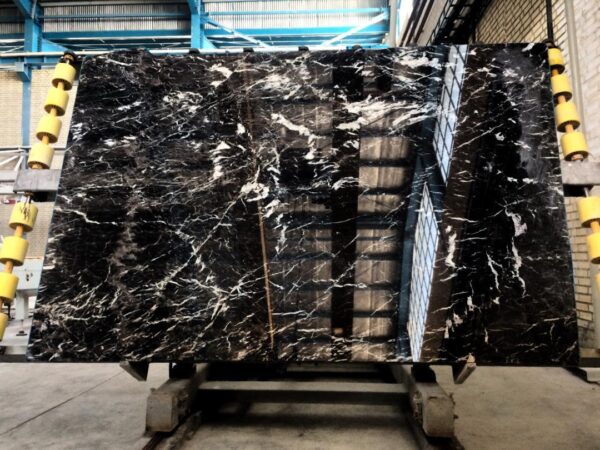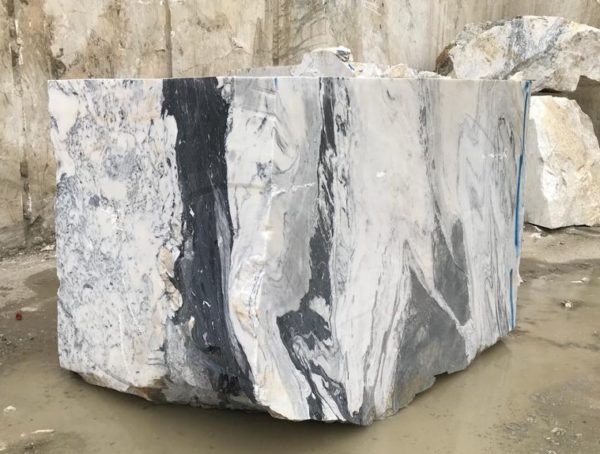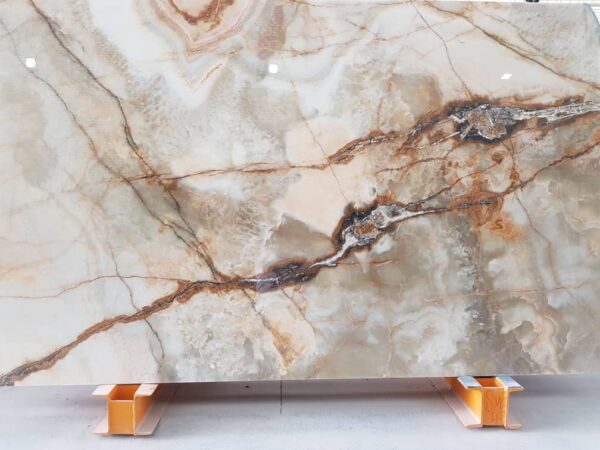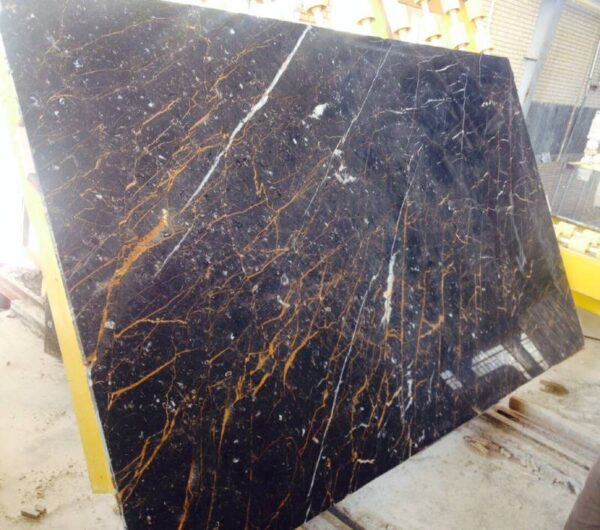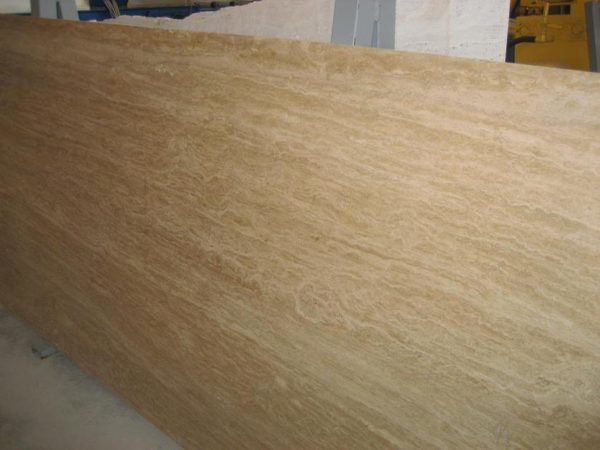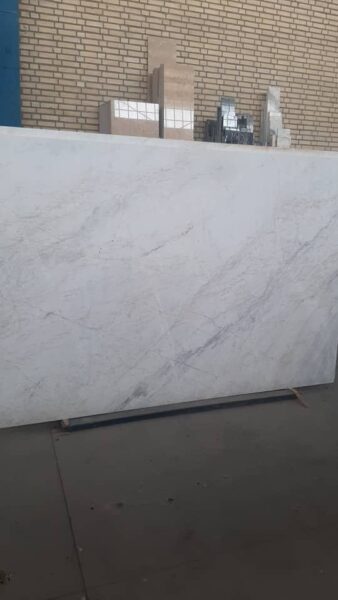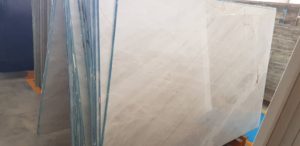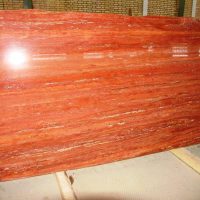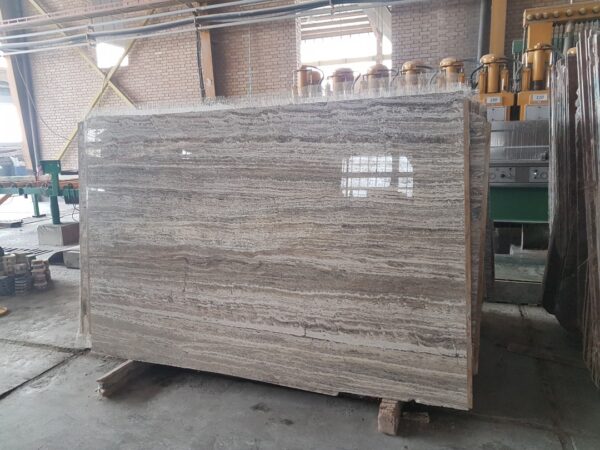Uncovering the Stone Secrets of Ancient Egypt
When people think of Ancient Egypt, they imagine pyramids, temples, and towering obelisks built with impressive skill and lasting power. But a common question arises: Did Egyptians use marble in their architecture and design?
The answer is complex. While marble was known in ancient times, it was rarely used by the Egyptians during their early dynasties. Instead, they relied on local materials that were more abundant and easier to work with.
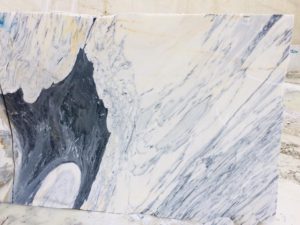

What Types of Stone Did Egyptians Use?
Egypt was rich in natural stone, and the ancient builders took full advantage of that. Rather than importing exotic materials, they sourced limestone, sandstone, and granite from nearby quarries.
Main Stones Used in Ancient Egypt
Limestone: Used extensively in the pyramids, especially for casings and outer walls.
Sandstone: Common in temples throughout Upper Egypt, such as Luxor and Karnak.
Granite: Quarried from Aswan and used in sarcophagi, columns, statues, and obelisks.
Because these stones were durable and easy to shape, Egyptians mastered techniques to carve and transport them across long distances. This helped them build monuments that still stand today.
Was Marble Available to the Ancient Egyptians?
Yes, marble was known to the Egyptians. However, they rarely used it. It was not commonly found in Egypt’s natural landscape and had to be imported from places like Greece or Turkey. At the time, transportation was both difficult and expensive.
Why Egyptians Didn’t Use Marble Frequently
Limited local supply: Egypt’s geology favored limestone and granite, not marble.
Complex import process: Marble quarries were far away, making transportation costly and time-consuming.
Already effective alternatives: Egyptian builders achieved beauty and strength with the stones they had.
As a result, while marble was admired, it was not a practical or popular choice for early dynasties.
When Did Egyptians Start Using Marble?
Marble use increased much later, during the Greco-Roman period, especially after Alexander the Great’s conquest of Egypt in 332 BCE. Foreign influence introduced marble as a decorative and structural element in more elite architecture.
Marble in Greco-Roman Egypt
Featured in columns, sculptures, flooring, and facades
Found in urban areas like Alexandria, where Greek and Roman styles merged with Egyptian traditions
Imported from Mediterranean quarries to reflect classical luxury
Because Roman architecture valued marble highly, it became more visible in temples, villas, and palaces during that time.

